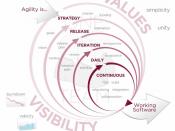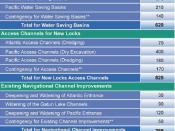It has always been important for organisations to be able to estimate and control their costs properly, but it is particularly so today. In the commercial domain there has been a marked tendency towards increased competition with international trade restrictions being reduced or removed and the question of competitiveness having to be considered on a global rather than simply on a local, national or regional scale. In the public domain also, consideration of cost is also assuming much greater importance with the tightening of budgets and changing budget priorities, together with the general expectation that there should be better value for money from public expenditure.
Stated simply, all estimating depends to a greater or lesser degree on past experience or knowledge. We can therefore repeat the adage of the Chinese philosopher, Confucius, who advised that you should 'study the past if you wish to predict the future'.
Broadly speaking, there are four main approaches to the process of cost estimation:
The first is the bottom-up or detailed estimate, which is widely used by organisations to build up an estimate from task or work-package level.
The number of hours needed for each category of labour, with its appropriate hourly rate, is assessed and a detailed assessment made of the non-labour resources required. This is the most time-consuming and costly approach, requiring a very detailed knowledge of the organisation. However, it is usually necessary for internal planning purposes and, not least, to enable the organisation to comply with customer requirements to present detailed cost estimates down to work-package level. Finally, this level of detail is also usually necessary for cost-control purposes after contract award. Such estimates are usually made by the engineers nominated to perform the work, often overseen by professional estimating services to check for consistency.
The second method, which...


